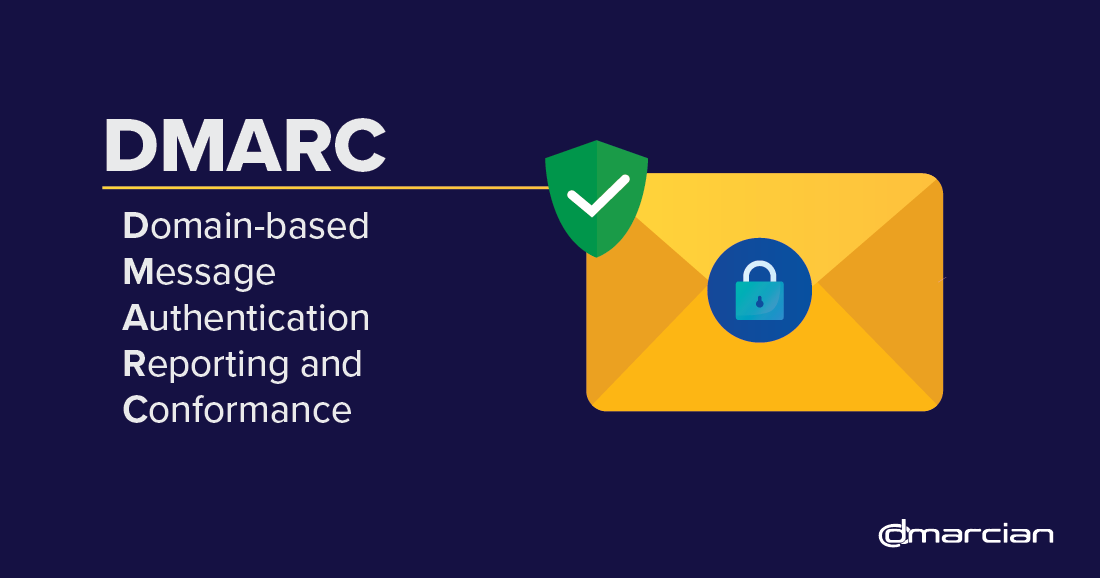Last Updated on 05/12/2023 by Dolly
Phishing attacks were once simpler than they are today, but phishing attacks have evolved as they now target more high-level targets. As a result, individuals and organizations need to protect themselves against current attacks. In this article, we will examine phishing attacks, how they have evolved from the past to the present, and offer practical measures to protect against them.
Evolution of Phishing Attacks
- Spear Phishing
Highly targeted attacks against specific individuals or organizations are called spear phishing. Attackers gather detailed information about the people or organizations they identify and craft personalized phishing emails targeting them. These emails often appear to come from a trusted source, making it difficult to identify the threat.
- Whaling
Attacks that typically target high-profile individuals within an organization, such as c-level executives and decision makers, are called whaling. Attackers use mind games to trick them into disclosing sensitive information or taking actions that could compromise the entire organization.
- Vishing and Smishing
Smishing uses SMS messages, whereas vishing uses voice communication (phone calls) to deceive people. Attackers pose as trustworthy companies to trick victims into giving out personal information or clicking on harmful links.
- Business Email Compromise (BEC)
BEC attacks are a way to compromise actively working business email accounts in a legitimate way. Attackers gain access to the email account of someone who is an employee of the company and use it to impersonate the person working there. They then instruct others within the company to transfer money or sensitive data.
- Clone Phishing
Attackers often use clone phishing to create cloned copies of a known email or website that contain malware. Unaware of a known attachment or website, the user is tricked into downloading it or entering sensitive information.
Strategies to Prevent Phishing for Individuals and Businesses
For Individuals
- Be Skeptical

Exercise caution and double-check each email, including spam, that requests private information or demands immediate action. Check the sender’s identity before all else.
- Educate Yourself
Familiarize yourself with new phishing tactics. Regularly educate yourself on threats, red flags and phishing indicators.
- Enable Multi Factor Authentication (MFA)
Wherever possible, use MFA. By requiring multiple forms of authentication, this adds an additional layer of security that makes it more difficult for attackers to gain unauthorized access.
- Report Suspicious Emails
Report any suspicious emails you get to your company’s IT staff or the appropriate email provider. Reporting phishing attempts helps prevent further attacks.
For Organizations
- Employee Training
Organize regular cybersecurity awareness trainings for employees. Educate them to recognize phishing attempts and suspicious emails and encourage them to report them where necessary.
- Advanced Email Filtering
Implement advanced email filtering solutions capable of detecting and blocking phishing emails before they reach employees’ inboxes. These filters detect phishing patterns using machine learning algorithms.
- DMARC (Domain-based Message Authentication, Reporting, and Conformance)

Implement DMARC to prevent email spoofing. DMARC validates emails sent from your domain, reducing the possibility of attackers impersonating your organization.
- Regular Security Assessments

Perform regular security audits and penetration testing to identify vulnerabilities in the organization’s systems. Addressing these vulnerabilities as soon as possible reduces the likelihood of successful phishing attacks.
Although phishing attacks have evolved into highly deceptive and intentional threats, individuals and organizations can effectively defend themselves through education, awareness, and strong security measures. Individuals and organizations can significantly reduce their vulnerability to these malicious attacks by remaining alert, constantly updating their knowledge, and investing in advanced cybersecurity solutions. Collectively, we can create a safer digital environment and disrupt the efforts of cybercriminals.
Protect yourself and your company against phishing tactics. Learn the latest tactics with our detailed guide to stay one step ahead of cybercriminals.










